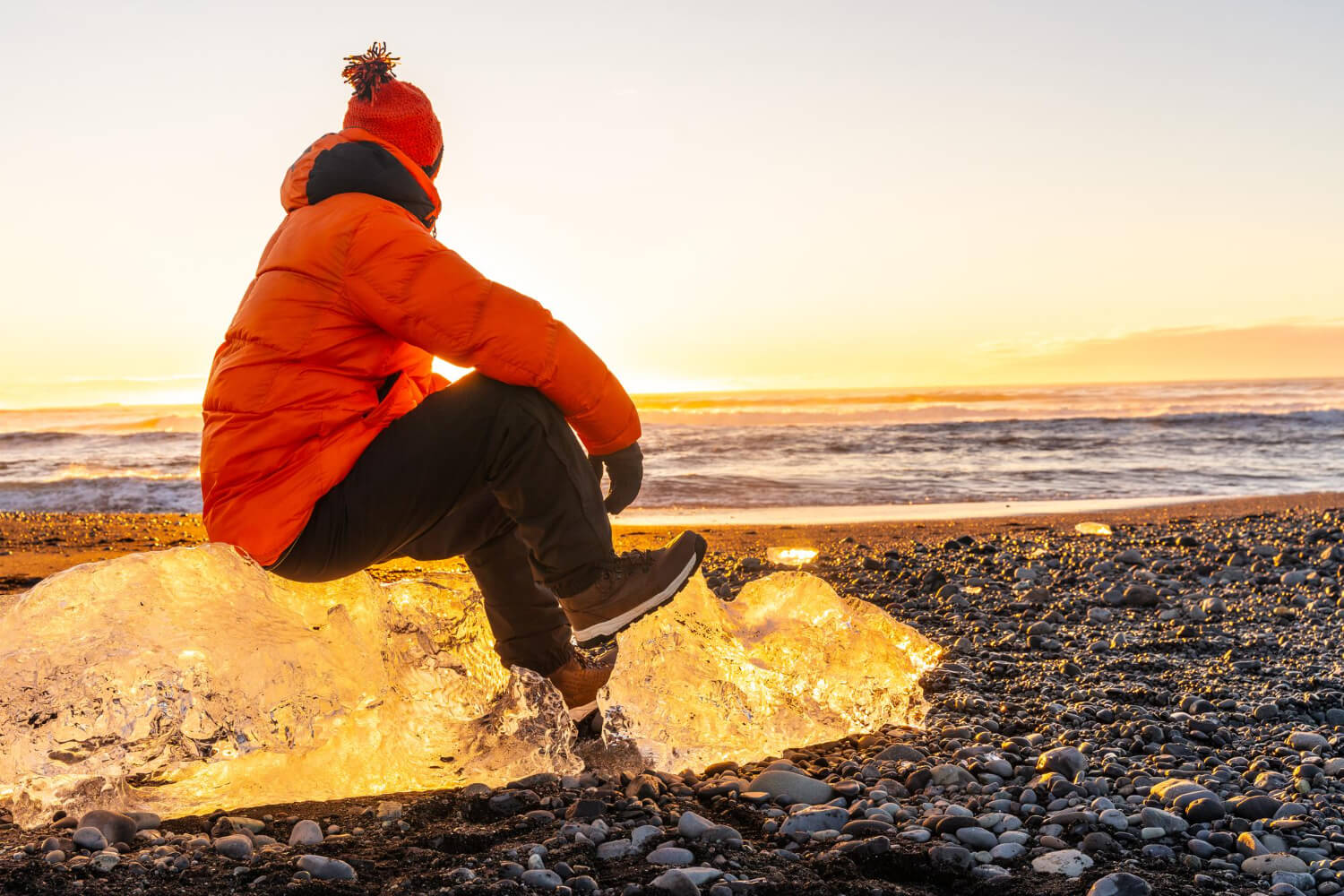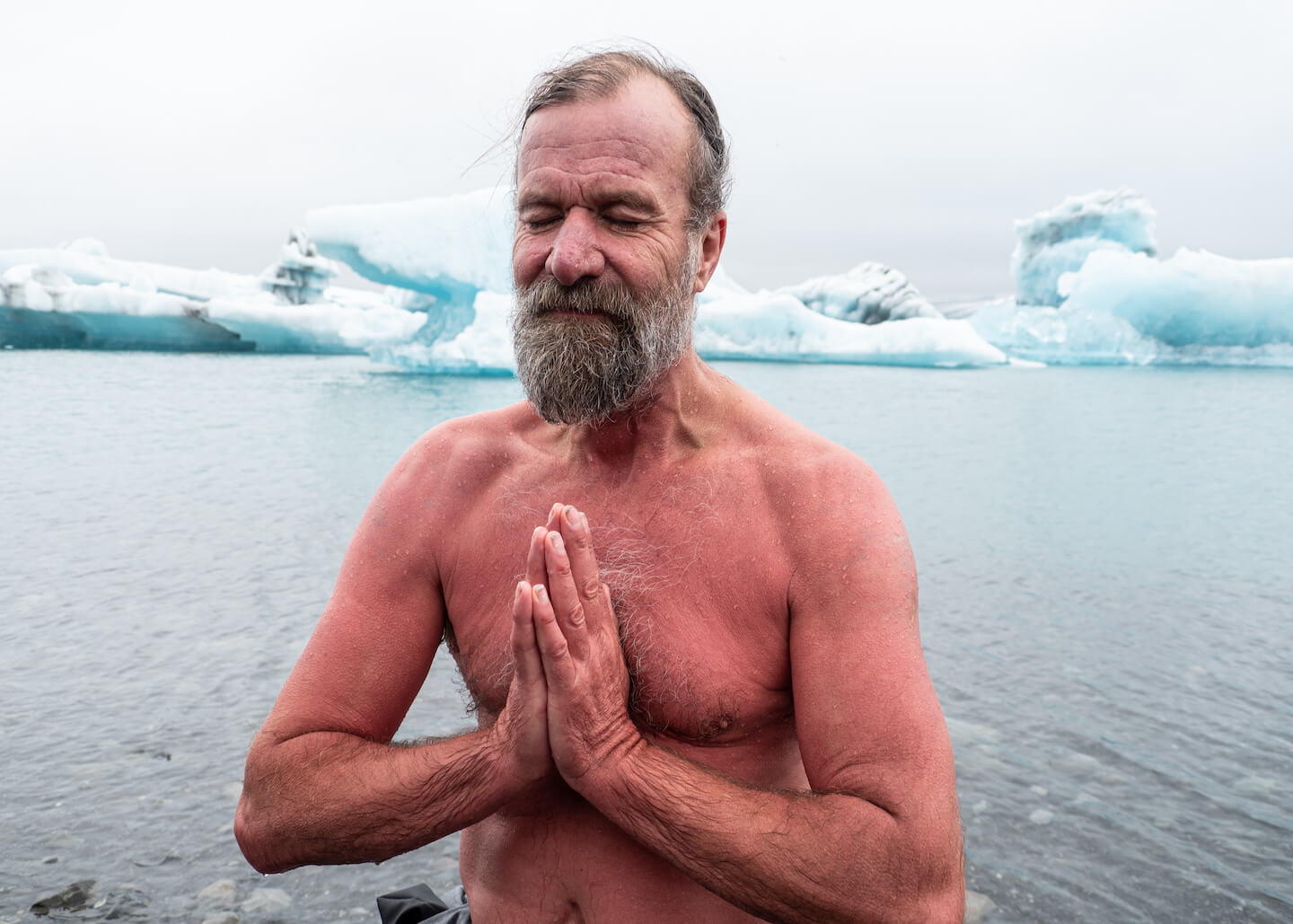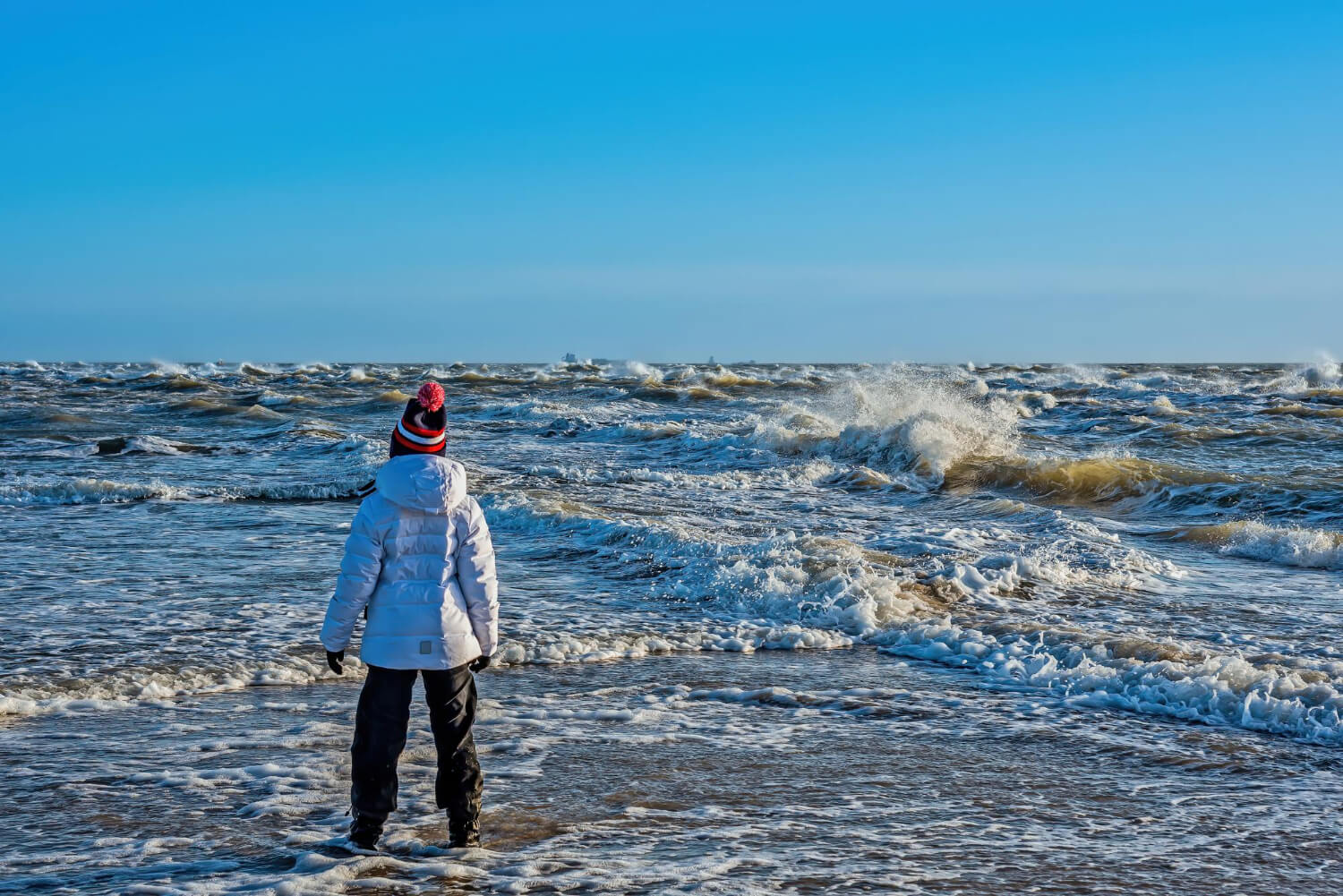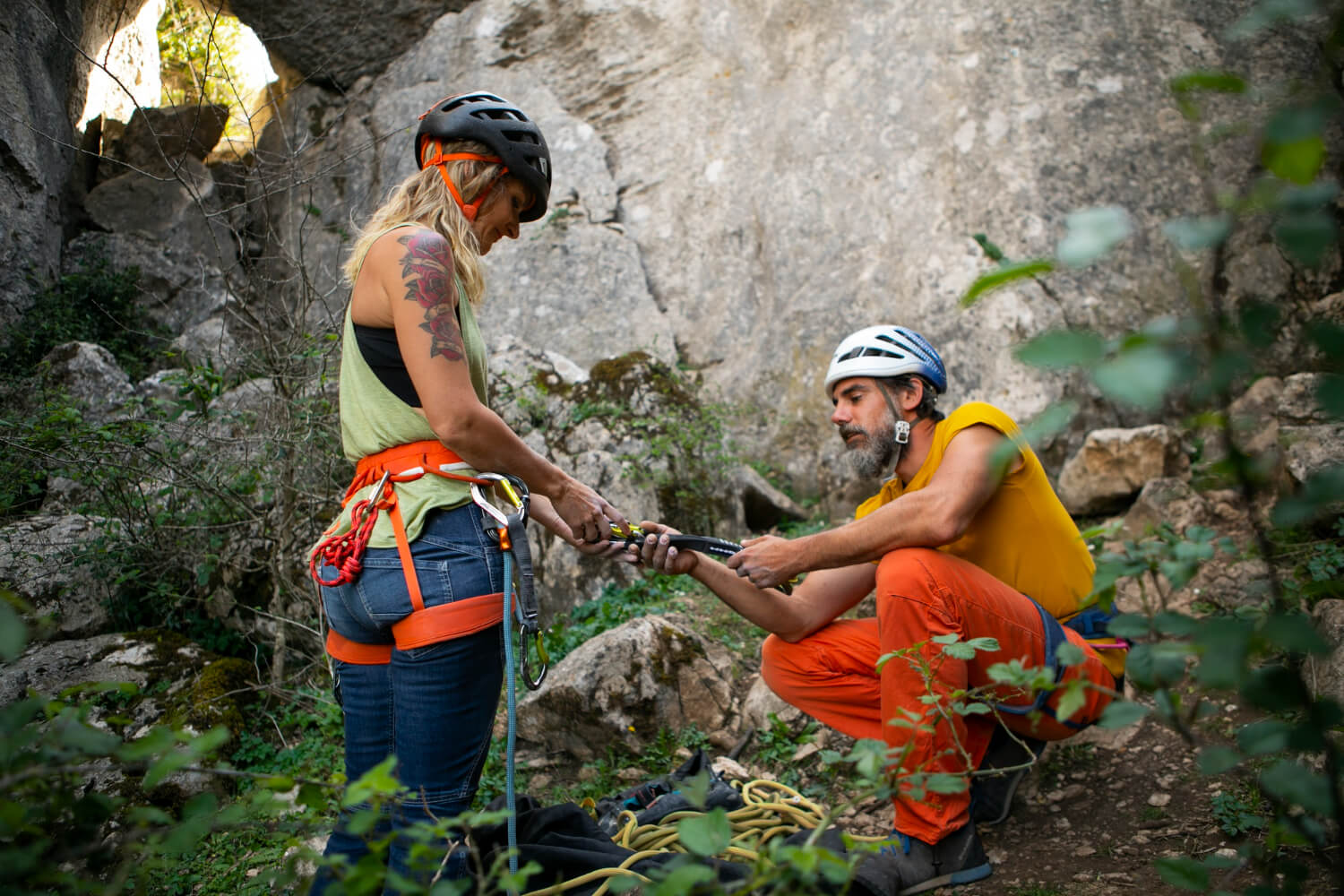The cold has an uncanny way of testing human limits. Whether it’s icy ocean waters or freezing winds tearing through coastal cliffs, some people have survived and thrived, turning seemingly impossible feats into tales of resilience and determination. Across history, there have been remarkable moments when humans have defied the odds in cold coastal waters, and these stories continue to inspire us to push the boundaries of what we believe is possible.
Lynne Cox and Her Unstoppable Cold-Water Spirit
When it comes to cold-water swims, Lynne Cox stands as a legend. Her achievements are jaw-dropping, not just because of her physical ability but also the mental strength and planning required for each feat. Perhaps her most famous swim was in 1987, when she swam across the Bering Strait, uniting the United States and the Soviet Union during the height of the Cold War. The icy waters averaged temperatures of 38°F (3.3°C), cold enough to cause hypothermia within minutes for most people. Yet Lynne swam for two hours, cutting through treacherous currents and frigid temperatures with nothing but a swimsuit, cap, and goggles.
Her preparation was rigorous. She trained her body to adapt to the cold by swimming in freezing waters for months prior, gradually building up her tolerance. But the real battle wasn’t just physical; it was mental. “You have to believe in yourself completely,” Lynne once said, underscoring the internal strength required for such feats. Her swims weren’t just personal challenges but symbols of peace, resilience, and what humanity can achieve when driven by purpose.
Shackleton’s Crew: Survival Against All Odds
Before modern endurance swimmers captivated us, there was the gripping survival story of Ernest Shackleton and his crew. During their infamous 1914 Antarctic expedition, Shackleton’s ship, the Endurance, became trapped and crushed by sea ice. Stranded thousands of miles from civilization, the crew faced brutal conditions, with freezing temperatures and icy waters threatening their lives at every turn.
After months stranded on the ice, Shackleton and five of his men embarked on an 800-mile open-boat voyage across the frigid Southern Ocean to reach South Georgia Island and secure help. The dangers were overwhelming. They had to contend with towering waves, sub-zero water that soaked them to the bone, and hunger gnawing at every ounce of strength. Yet, through sheer determination and teamwork, Shackleton brought every member of his 28-man crew home alive. Their story remains a benchmark of human resilience in the face of unimaginable odds.
The Ice Mile Challenge
Fast-forward to the modern era, when the Ice Mile emerged as one of the most grueling cold-water challenges. This endurance test involves swimming one mile in water temperatures below 41°F (5°C) without a wetsuit. It’s a challenge that few dare attempt, and even fewer complete successfully.

Take Jaimie Monahan, who is widely celebrated in the cold-water swimming community. She has completed Ice Miles in some of the world’s chilliest waters, from Siberia’s Lake Baikal to the frozen rivers of Iceland. While the physical challenges are immense (imagine your muscles stiffening and your breathing becoming almost uncontrollable), swimmers like Jaimie emphasize the mental fortitude required. Calmness, focus, and the ability to push past the panicked cries of your body screaming for warmth are crucial traits for anyone attempting this feat.
The Physical and Mental Toll of Cold-Water Endeavors
Why does cold water push human endurance to its edge? First, there’s the immediate shock. Plunging into icy water triggers an involuntary gasp reflex, making it difficult to control breathing. Hypothermia is a constant risk, as exposure to near-freezing water rapidly cools the body, impairing movement and decision-making.
Then there’s the mental toll. Cold-water feats require more than just physical preparation; they demand incredible psychological resilience. Swimmers and survivors often speak of the need to control fear, discomfort, and overwhelming urge to quit. Staying calm, maintaining focus, and finding moments of peace in the chaos of cold waters separates the successful from the defeated.
Preparation plays a significant role. Many of the great endurance swimmers like Lynne Cox train their bodies over months, slowly building their cold tolerance. They focus on proper nutrition, mental training, and adapting to conditions that imitate their intended challenge. Shackleton and his crew, on the other hand, relied on resourcefulness, grit, and an unshakable determination to stay alive under far grimmer circumstances.
Why These Feats Inspire Us
What’s common across each of these stories is the incredible determination of the human spirit. Whether it’s swimming through ice-clogged waters for the sake of peace or navigating treacherous seas to save your crew, these feats remind us that we’re capable of so much more than we often realize. They show us how preparation, bravery, and belief in oneself can lead to extraordinary achievements.

For many, hearing these stories sparks a sense of possibility. If Lynne Cox can swim against icy currents for hours, what can we overcome in our own lives? If Shackleton’s crew can survive months stranded in the Antarctic, we can face our challenges with courage and determination.
Cold coastal waters may appear unforgiving, but the people who have ventured into them and come out triumphant turn those waters into stages for human triumph. Their stories serve as a testament to perseverance and the unyielding power of hope. And perhaps that’s what makes these feats so captivating—not just the physical prowess involved but the way they remind us of what’s possible when we refuse to give up.





